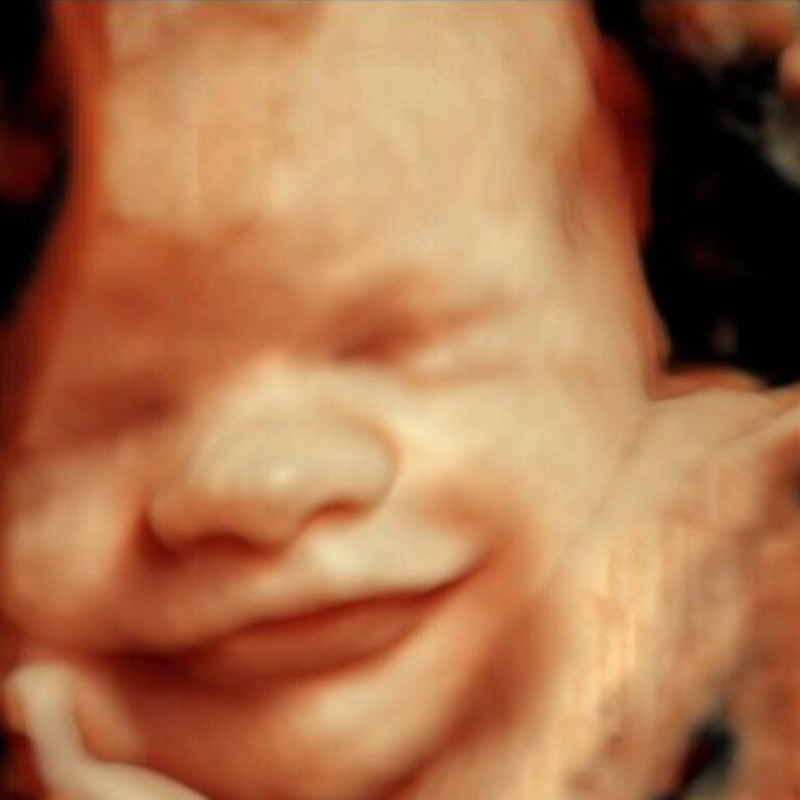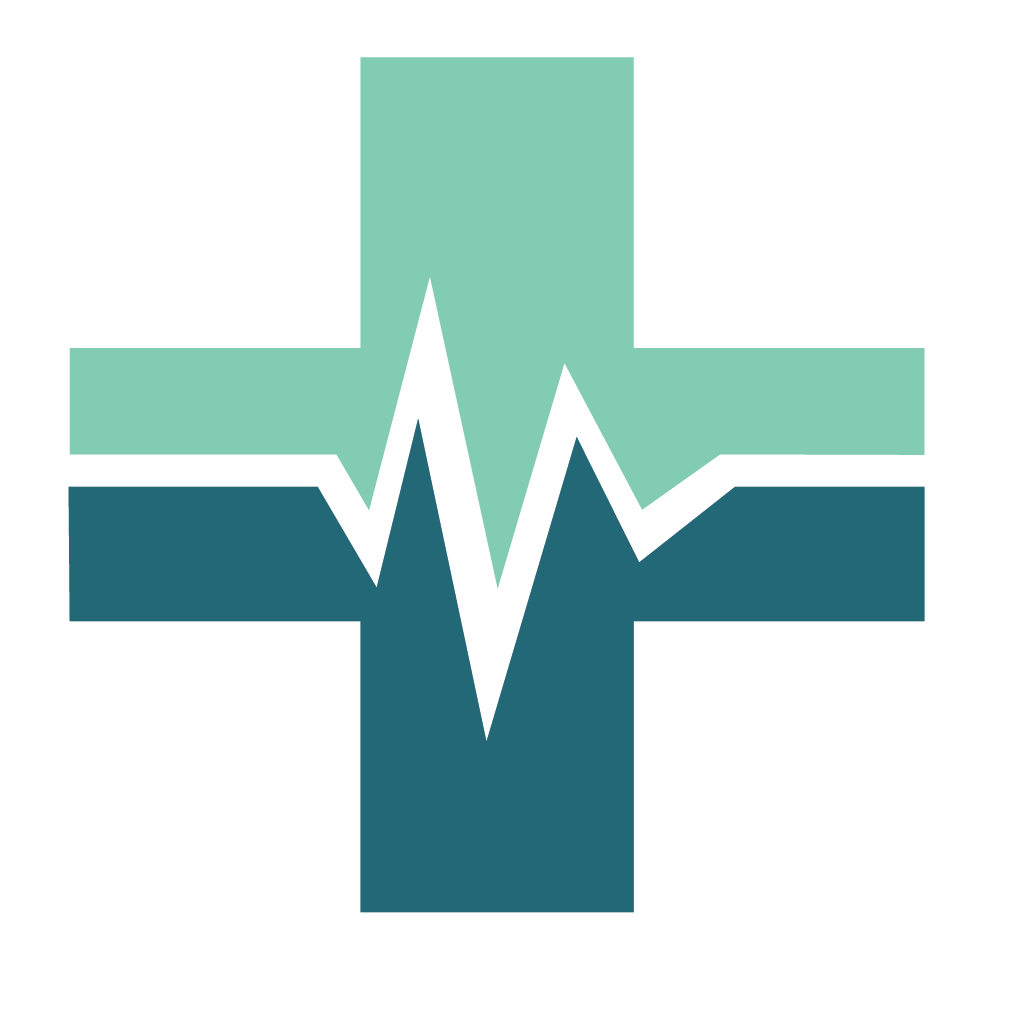+918048036246

This is your website preview.
Currently it only shows your basic business info. Start adding relevant business details such as description, images and products or services to gain your customers attention by using Boost 360 android app / iOS App / web portal.
3d 4d ultrasound in rohini

C-8/ 193 sector 8 Rohini delhi 9811552279, 7827070020. 3D and 4D ultrasounds provide three-dimensional (3D) or real-time, moving (4D) views of a baby in the womb, allowing for detailed visualization of features and movements like yawning, stretching, or even a smile. While both offer unique bonding experiences and detailed anatomical views for parents, they also serve important medical purposes, such as detecting certain fetal abnormalities like cleft lips, underdeveloped limbs, or other congenital disabilities. For the clearest images, these scans are typically scheduled between 26 and 32 weeks of pregnancy. What they are 3D Ultrasound: Captures multiple 2D images and merges them to create a static, three-dimensional still image of your baby. 4D Ultrasound: Adds the element of time to a 3D image, providing a real-time video of your baby's actions inside the womb, such as limb movements or facial expressions. Purpose For parents: Provides a unique and precious opportunity to bond with their baby by seeing them up close in remarkable detail. For medical professionals: Offers a clearer view of the baby's anatomy, which is crucial for detecting and diagnosing congenital anomalies like cleft lips, spinal problems, or underdeveloped limbs. It also helps in monitoring the baby's growth, amniotic fluid levels, and overall development. When to schedule The ideal window for a 3D or 4D scan is typically between 26 and 32 weeks of pregnancy. During this time, the baby has developed enough fat to show clear facial features, and there is sufficient amniotic fluid to produce vivid images. Important Considerations While these scans offer a wonderful keepsake, the FDA and other experts caution against unnecessary prolonged exposure to ultrasound energy, suggesting that keepsake ultrasounds should not be taken for fun rather than medical purposes. The scans are generally considered safe, but it's important for the devices to be operated by trained professionals to ensure safety and accuracy.

